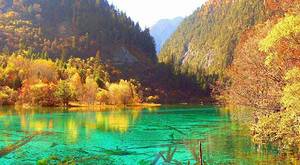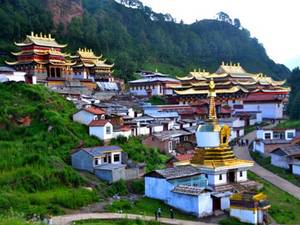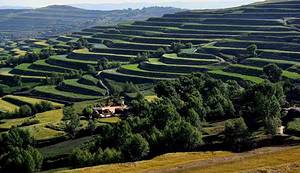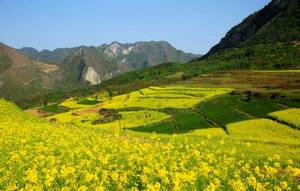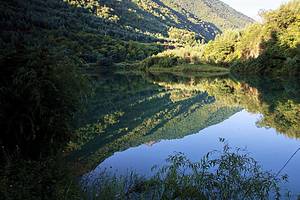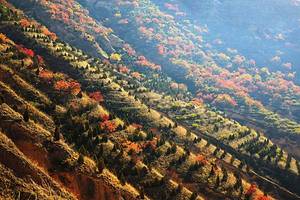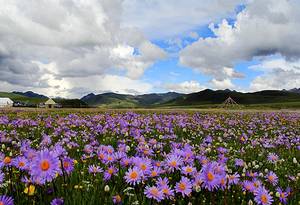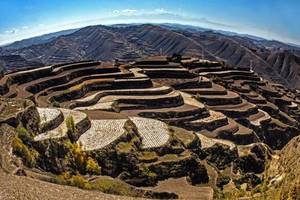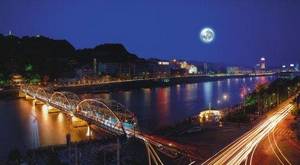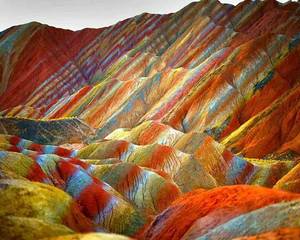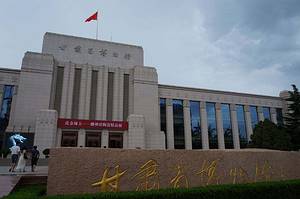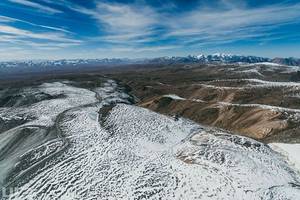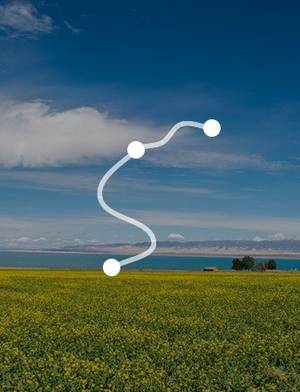Sky Burial Platform, A Sacred Journey of Life and Rebirth
1 Salak Road, Chengguan District, Lhasa City, Tibet Autonomous Region, China (behind Sera Monastery, Salak Wuzi Mountain)
 There are differences between faith culture and Chinese culture
There are differences between faith culture and Chinese cultureIntroduction
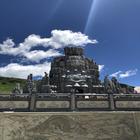
Address
1 Salak Road, Chengguan District, Lhasa City, Tibet Autonomous Region, China (behind Sera Monastery, Salak Wuzi Mountain)
Opening hours
All-day (Monday-Sunday, January 1st-December 31st)
Transportation
1. There are shuttle buses directly to Langmu Temple from Xiahe, Linxia, Hezuo, Maqu, and other places. The fare from Xiahe to Langmu Temple is about 71.5 yuan per person. There are two buses at 6:40 and 7:40 every day, with occasional changes during the low season.
2. There are no direct buses from Lanzhou to Langmu Temple, usually requiring a transfer in Hezuo. At the Hezuo bus station, you can transfer to a bus to Langmu Temple. The ticket from Hezuo to Langmu Temple is about 50 yuan per person, with three buses at 6:30, 7:20, and 12:00 every day. Alternatively, you can take a bus from Lanzhou South Bus Station to Debra, get off at Langmu Temple Bridge, and then walk about 3 kilometers to reach the temple.
Phone 18180373652
